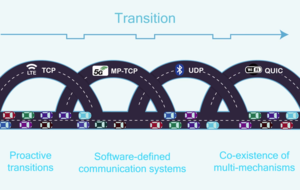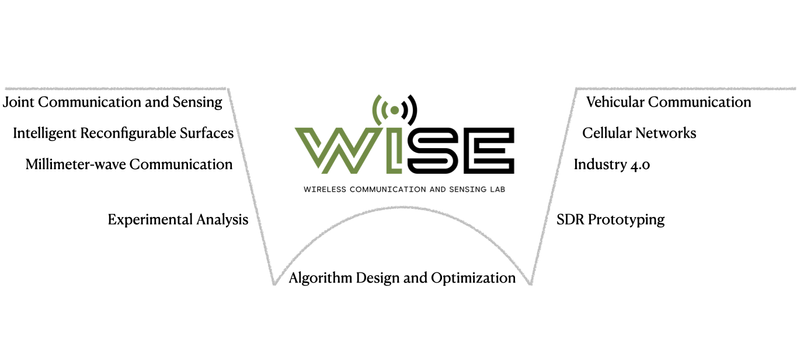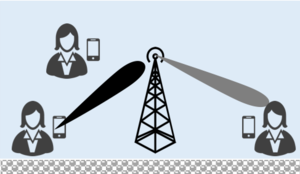DFG B5G-Cell
December 2021 – December 2024
B5G-Cell transfer project addresses key issues in millimeter-wave communication with the cooperation of NEC Laboratories Europe. The feasibility of communication in millimeter-wave bands has been the focus of extensive research in academia and industry. Initial studies show that Gigabit-per-second throughput is achievable in static point-to-point scenarios. To cope with the high propagation loss in millimeter-wave bands, millimeter-wave communication systems use highly directional beamforming techniques. Such a high level of directionality implicates three main procedures in millimeter-wave cellular networks, namely, beam alignment, scheduling, and mobility management. It is extremely challenging to design practical mechanisms that facilitate fast beam alignment, low-complexity scheduling, and effective mobility support. To make such a complex system functional, we often require a multi-mechanism design that can proactively transition to the most suitable mechanism with reference to the network conditions.



